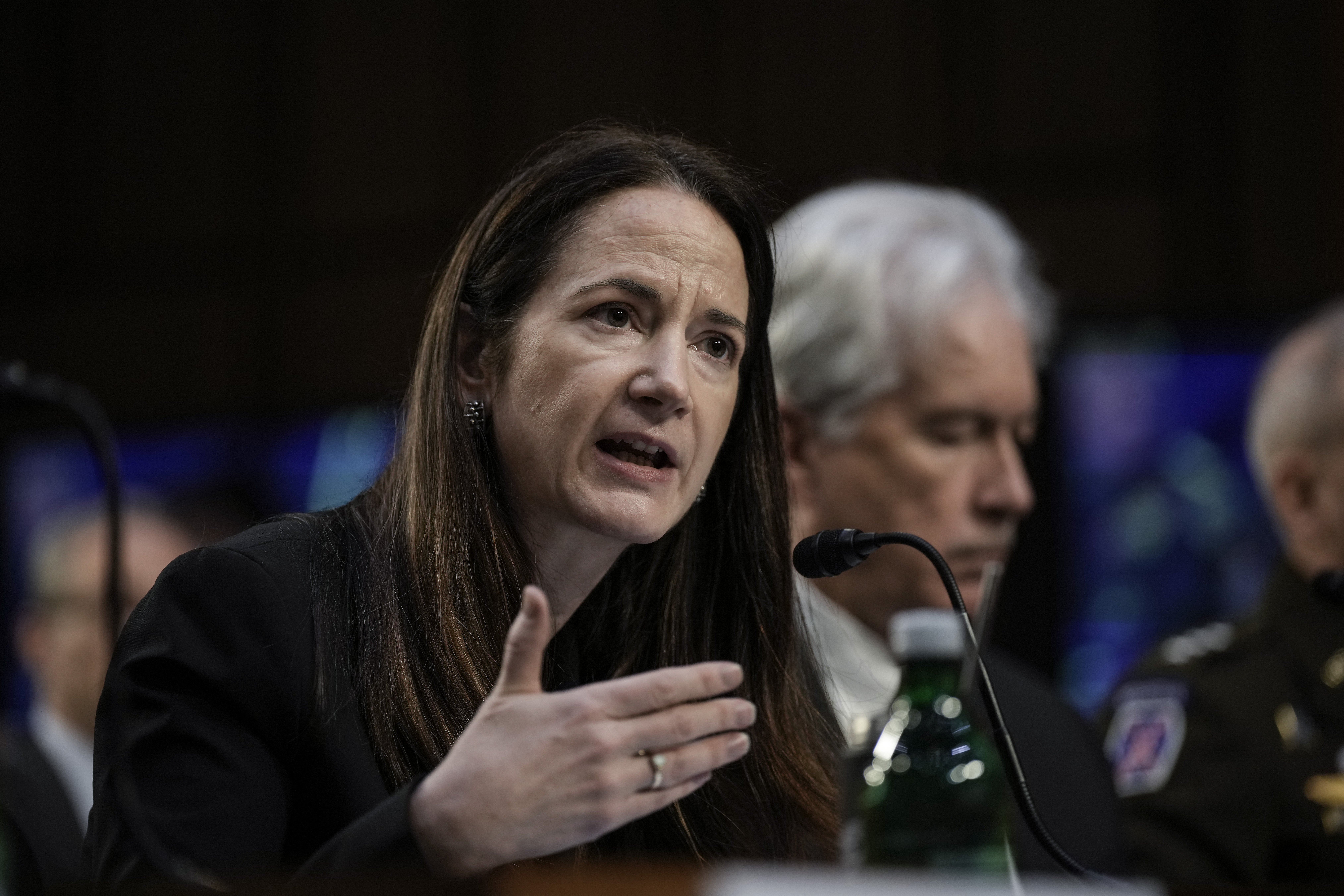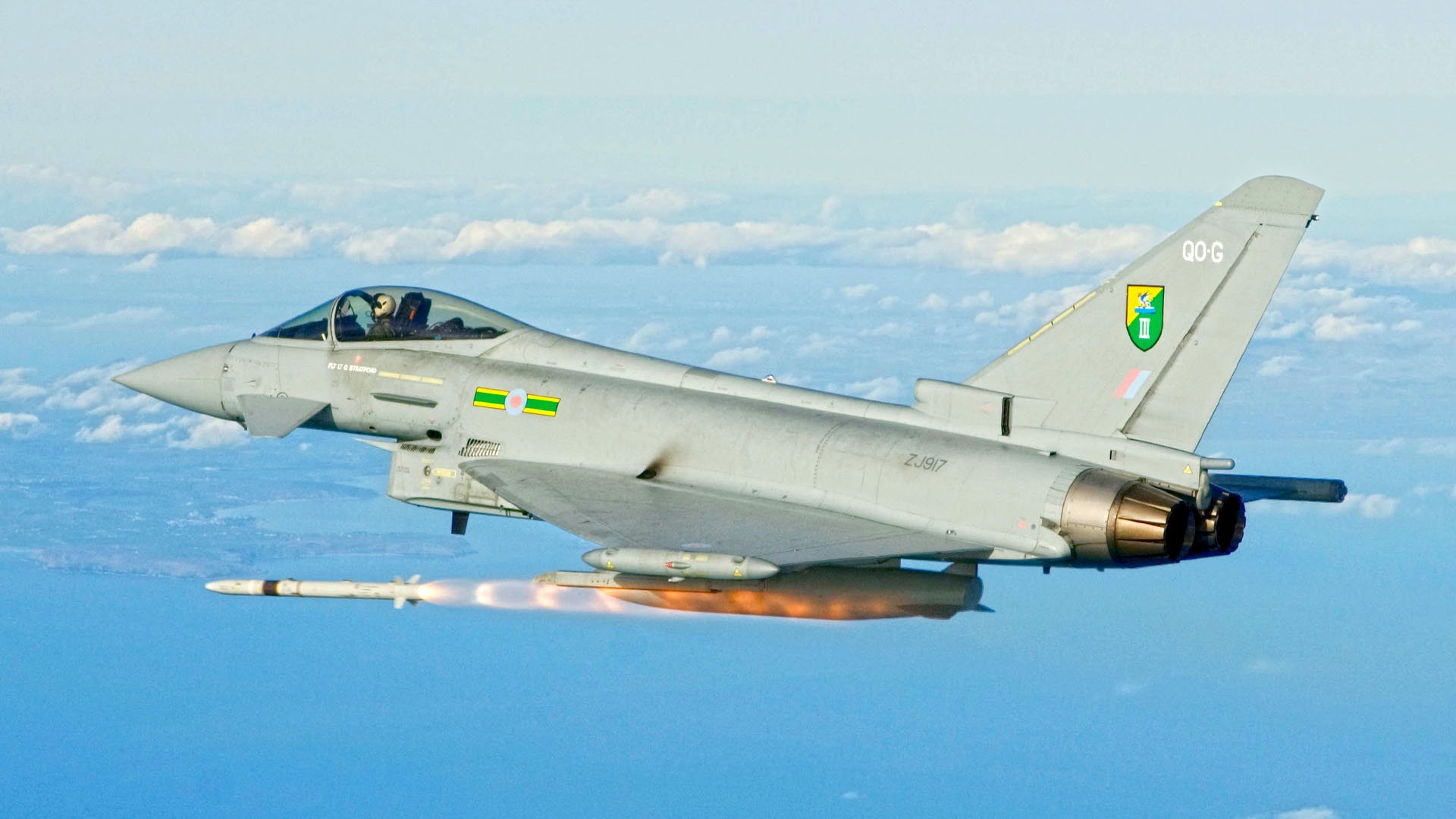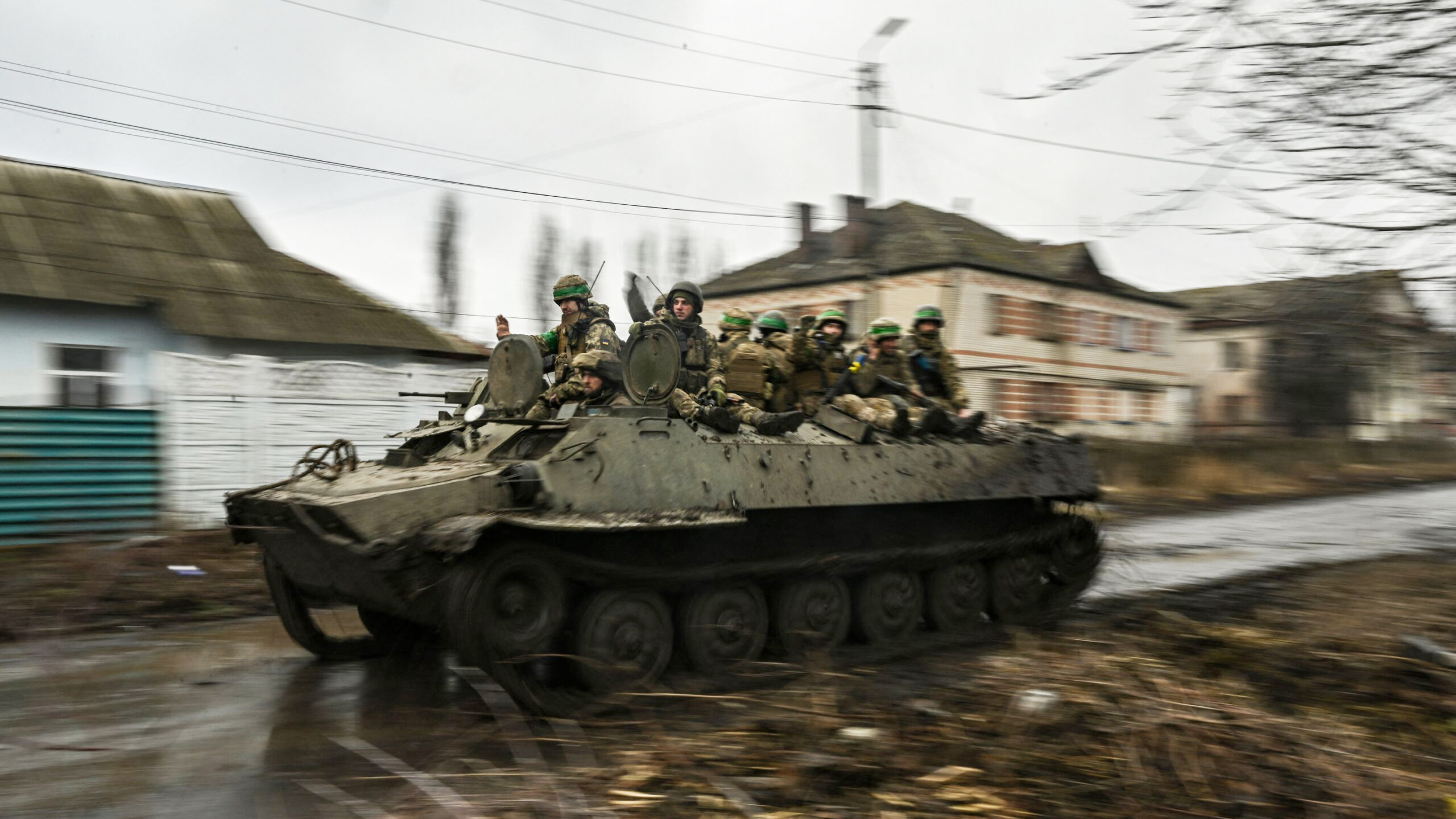The U.S. Director of National Intelligence, Avril Haines, has told a U.S. Senate hearing that Russia is unlikely to take significantly more territory in Ukraine this year, painting a bleak picture for Moscow as its forces appear potentially poised to take the eastern city of Bakhmut. In Haines’ assessment, the Russian military will unlikely be able to sustain its current level of fighting, regardless of what happens in Bakhmut, which has been the scene of some of the fiercest fighting of the conflict so far.
“We do not foresee the Russian military recovering enough this year to make major territorial gains,” Haines told the Senate hearing, a reflection of the serious setbacks that the Russian military has faced so far and the heavy losses that have been inflicted on it by Ukraine.

Time, however, may still be on Russia’s side, Haines said, and it’s possible that Russian President Vladimir Putin is committed to playing a long game. Putin “most likely calculates that time works in his favor,” Haines said, according to reports.
Indeed, Putin’s game plan may be to prolong the war, helped by intermittent pauses in the fighting. This, Haines said, “may be his best remaining pathway to eventually securing Russian strategic interests in Ukraine, even if it takes years.”
The analysis presented by Haines is a broad summation of the views of the U.S. intelligence community, after a little more than a year of Russia’s full-scale invasion of Ukraine.
While the Russian campaign has fallen short almost across the board, in terms of territorial gains, Haines now expects that Putin, too, has a much better sense of the capabilities of the forces at his disposal and the prospects for future successes on the battlefield. Playing into this are factors such as heavier-than-anticipated casualties and equipment losses, with the latter now compounded by much tighter sanctions placed on Russia by much of the international community.
Overall, Putin “appears to be focused on more modest military objectives now,” Haines told the Senate Intelligence Committee.
Haines also noted that the challenges Putin now faces may drive mandatory mobilization, to secure the required troop numbers, while the race is also very much on to secure third-party ammunition supplies as Russian stockpiles run low. Without such actions, it “will be increasingly challenging for them to sustain even the current level of offensive operations,” Haines said.
All this could present new opportunities for Ukraine, of course, especially as new and more capable Western weapons begin to appear more widely in its troops’ hands. The conflict may even force Russia to “fully shift” to holding and defending the territories it now occupies, or partly occupies, according to Haines. Such a scenario would very likely play into the hands of the Ukrainian Armed Forces as they continue to liberate territories taken by Russia earlier in the conflict.
Before we head into the latest news from Ukraine, The War Zone readers can get caught up on our previous rolling coverage here.
The Latest
One part of Ukraine that is certainly vulnerable to falling into Russian hands is the eastern city of Bakhmut and its surrounding areas. While the actual strategic importance of Bakhmut is a matter of some debate, there’s no doubt that it holds significant psychological value for Russia especially.
NATO Secretary General Jens Stoltenberg today warned that Bakhmut could fall into Russian hands in the next few days. “What we see is that Russia is throwing more troops, more forces, and what Russia lacks in quality they try to make up in quantity. They have suffered big losses, but at the same time, we cannot rule out that Bakhmut may eventually fall in the coming days,” he said.
“We must ensure that this does not turn out to be a turning point in the war,” Stoltenberg added.
While still not independently verified, the leader of the Wagner Group private military company, or PMC, Yevgeny Prigozhin, has said that Russian forces now fully control the eastern part of the city. The notorious Wagner Group has led the Russian charge on Bakhmut and the surrounding areas, where fighting has raged for several months now.
“Units of the private military company Wagner have taken control of the eastern part of Bakhmut,” Prigozhin said in a voice recording on the Telegram messaging platform of his press service.
The Russian state-owned news agency TASS further reports that Prigozhin said in a Telegram message: “The divisions of the Wagner PMC occupied the entire eastern part of Bakhmut. Everything east of the Bakhmutka river is completely under the control of the Wagner PMC.”
Meanwhile, Ukrainian President Volodymyr Zelensky has issued perhaps his sternest warning yet about the situation on the ground in Bakhmut. “This is tactical for us, we understand that after Bakhmut they could go further,” Zelensky said in an interview with CNN, adding that it would be an “open road” for Russian troops to capture other parts of eastern Ukraine if they do manage to take control of Bakhmut.
Much-needed additional ammunition could be headed toward Ukraine if a plan put forward today by the European Union foreign policy chief, Josep Borrell, comes to fruition. Following a meeting of EU defense ministers in Stockholm, Borrell said he had raised the idea of a joint ammunition procurement package with other EU members, worth around $1 billion. The ammunition would not only go to Ukraine but be used to backfill the EU’s own stockpiles, now depleted by transfers to Kyiv.
EU defense ministers today met their Ukrainian counterpart, Oleksiy Reznikov, who said: “Our priority number one is air defense systems, and also ammunition, ammunition and again ammunition.”

The mystery around the attack on the Nord Stream gas pipelines in the Baltic Sea in September last year — an incident that we reported on at the time — shows no sign of resolution yet. NATO Secretary General Jens Stoltenberg has now added his thoughts on the matter, stating that it’s still uncertain who the culprit is, and that national investigations needed to be completed before that can be determined with any certainty.
“What we do know is that there was an attack against the Nord Stream pipelines, but we have not been able to determine who was behind it,” Stoltenberg said.
Meanwhile, German officials involved in the investigation announced that they searched a ship in January that they believe many have been used to transport “explosive devices” used in the pipeline sabotage. According to prosecutors, the searches in question took place over two days from January 18 and the passports provided by the suspects to hire the yacht had been “professionally forged.”
Yesterday, a report in the New York Times citing unnamed U.S. intelligence officials claimed that a pro-Ukrainian group may have carried out the attack, although at the time it had been widely blamed on Russia.
Despite the claims of potential pro-Ukrainian involvement, the same report states that there’s no evidence that President Zelensky, or any of his senior government officials, were aware of the operation, let alone directing it.
A word of caution was provided by German Minister of Defense Boris Pistorius, who said that reports connecting the sabotage with a pro-Ukrainian group may not be as straightforward as they seem.
“It could just as easily have been a false [flag] operation, designed to shift the blame to pro-Ukraine groups,” Pistorius told broadcaster Deutschlandfunk. “The likelihood is equally high.”
Ukrainian Minister of Defense Oleksiy Reznikov denied any involvement. “This is not our activity,” he told media in Stockholm before a meeting with EU defense ministers.
Finally, Kremlin spokesperson Dmitry Peskov told Russia’s state RIA news agency: “Obviously, the authors of the attack want to divert attention. Obviously, this is a coordinated stuffing in the media.”
British politicians have again brought up the possibility of supplying Ukraine with Western fighter jets, this time suggesting that stocks of older Eurofighter Typhoon jets be transferred from the U.K. Royal Air Force to other NATO allies, who would then be able to deliver their own jets to Ukraine. The other specific NATO aircraft types that might find their way to Ukraine under such a proposal were not mentioned.

The idea of using RAF Typhoons to “backfill” the air forces of other friendly countries came from members of the House of Commons defense select committee.
According to a report in the Mirror newspaper, Conservative party MP Robert Courts said a batch of early-model Typhoons being retired from their air defense role could be used to replace other countries’ aircraft.
“Would it not be possible to supply those [Typhoons], if not directly to Ukraine, to one of those of partner nations which could release MiG-19 [sic] or Sukhoi-24 or one of the other platforms available around the world?” he said.
The Conservative former defense minister, Mark Francois, said that a squadron of Typhoons is currently mothballed at RAF Shawbury “gathering dust.”
“If we were to give at least half of those, a half squadron of six, announce we are going to give them to Ukraine, that might help to unlock the MiGs and F-16s they really want,” he claimed.
Meanwhile, Polish President Andrzej Duda, speaking to CNN, has again made an offer to transfer the Polish Air Force MiG-29 Fulcrum jet fighter fleet to Ukraine, which he says would be able to use these aircraft immediately. This is not the first time that Poland has announced plans to transfer its entire fleet of these aircraft to Ukraine, with a previous proposal that would have involved the U.S. government acting as an intermediary.
While the Pentagon blocked that previous offer, the MiGs again appear to be on the table, and it’s even possible that the British Typhoons could be offered to Poland as a means of expediting this transfer. In the past, there have also been unsuccessful efforts to source a pool of second-hand MiG-29s from Polish, Slovakian, and Bulgarian stocks for transfer to Ukraine.
That’s it for now. We’ll update this story when we have more to report.
Contact the author: thomas@thedrive.com
